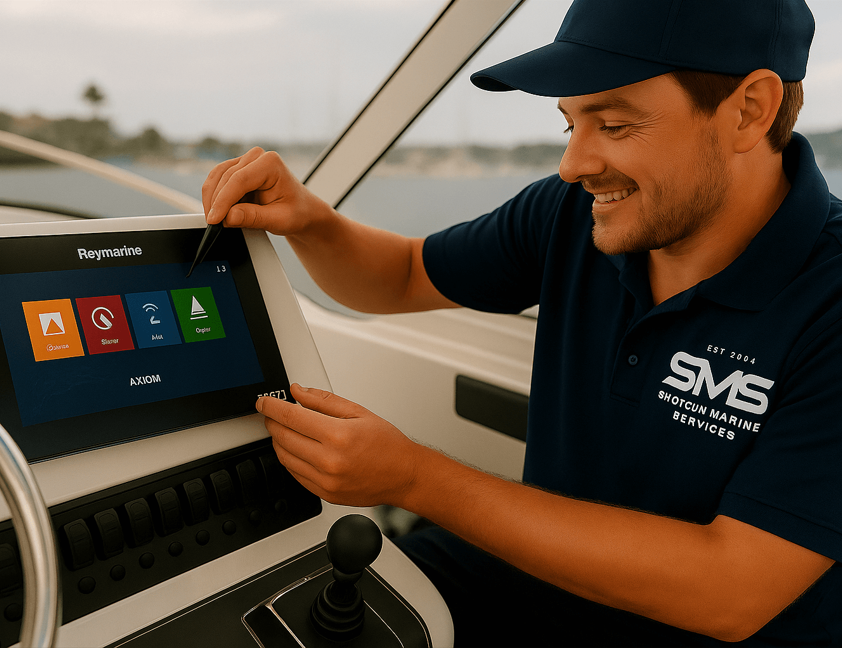Here are some key dot points on catching kingfish (Kingy's):
- Target Areas: Kingfish are commonly found around deep-water reefs, drop-offs, rocky outcrops, and offshore islands.
- Prime Time: Early mornings and late afternoons are the best times to target kingfish. They are also active around dawn and dusk.
- Tackle and Gear: Use strong, heavy-duty gear like a 20-30 kg class rod, a high-speed reel, and a 50-100 lb braided line to handle the powerful fight.
- Bait: Live bait (like squid, small fish, or yellowtail) works best. Fresh dead bait or lures such as jigs or soft plastics can also be effective.
- Live Baiting Technique: Use a long leader and a circle hook for better hookups, allowing the bait to swim naturally in the water.
- Lure Fishing: Fast-moving lures like poppers, surface lures, or metal jigs work well, especially when kingfish are feeding aggressively on the surface.
- Trolling: Slow trolling live baits or artificial lures at varying depths is effective in locating kingfish.
- Structure: Look for structures like submerged rocks, ledges, or schools of baitfish, where kingfish like to ambush their prey.
- Sight Fishing: Kingfish can sometimes be seen cruising the surface or chasing schools of baitfish. Cast lures or baits directly into their path for a strike.
- Fight Strategy: Kingfish are known for their powerful runs, so be prepared for intense resistance. Use strong drag settings and keep pressure on the fish.
- Safety and Handling: Kingfish have sharp teeth and can be aggressive. Handle them carefully to avoid injury, using pliers to remove hooks if necessary.
- Legal Limits and Regulations: Always check local fishing regulations for size and bag limits to ensure you're fishing responsibly.
By keeping these points in mind, you can increase your chances of landing a kingfish and enjoy the thrill of one of the ocean's toughest sportfish.

